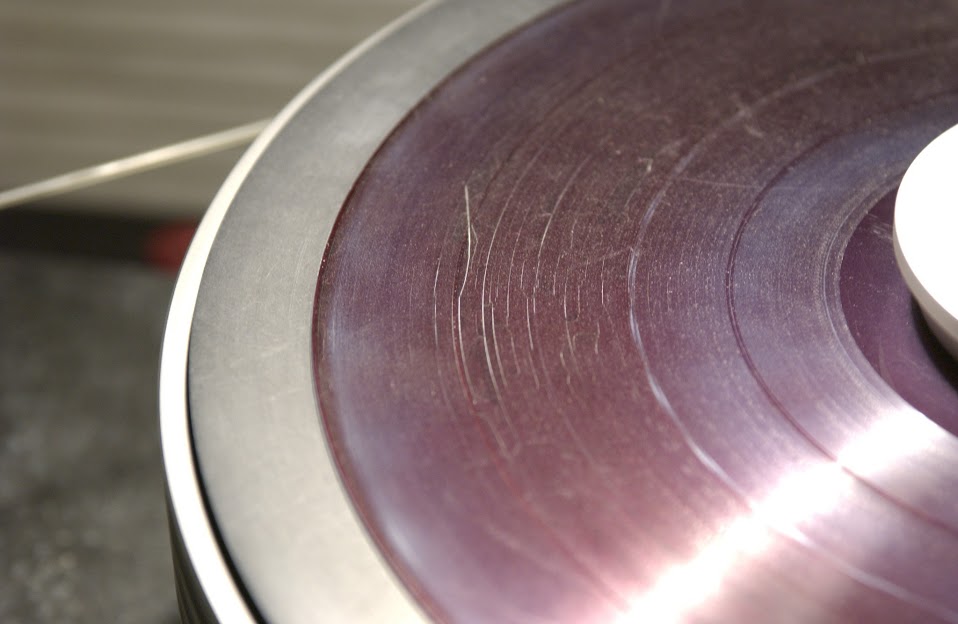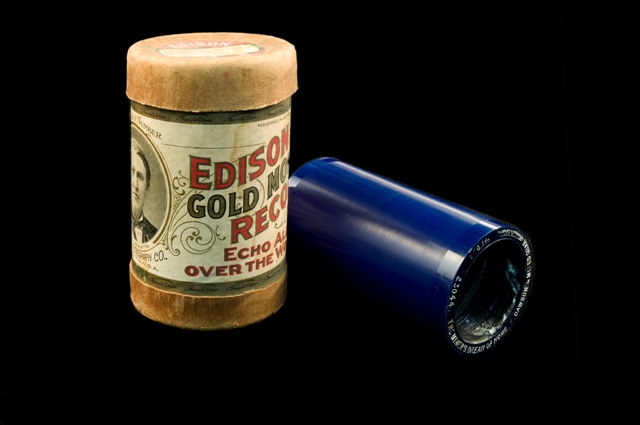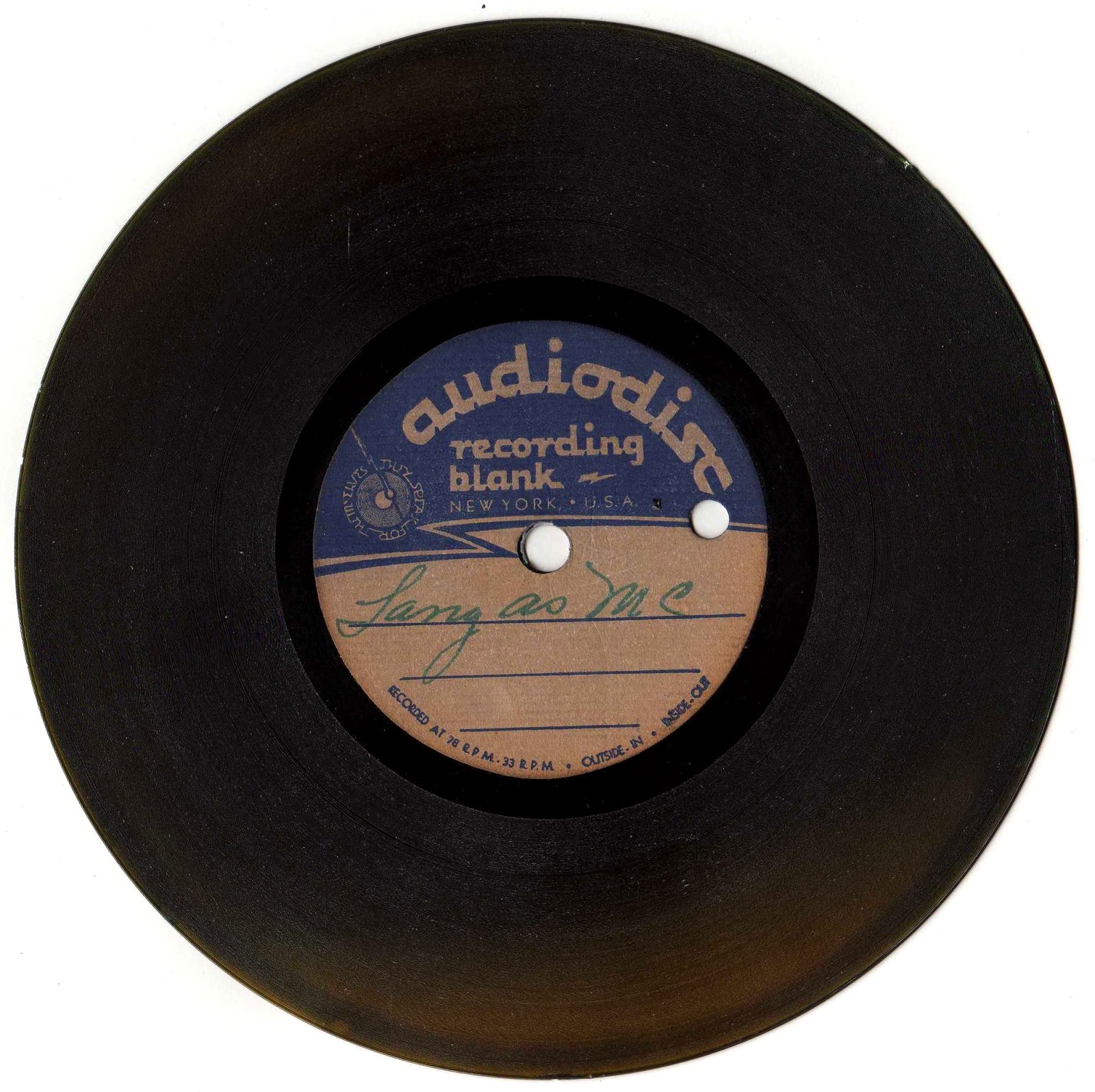In keeping with the theme of unreadable media that the Society holds, this week we highlight the 90 direct to disc audio collection of 33RPM 16″ lacquer coated recordings that appear to be part of the Outlet Company’s collection of radio shows.
The Outlet Company was founded in 1894 by brothers Joseph and Leon Samuels on Weybosset Street in Providence, R.I. For almost 90 years, the Outlet was the state’s largest department store. In 1922 the brothers started WJAR radio and their early concern was that radio “should be viewed as a service to the metropolitan Providence community as a whole as well as a public relations vehicle” [1]. This was the beginning of the Outlet Company’s foray into broadcasting which eventually led to acquiring a series of broadcast media companies from 1963 onwards.[2]
The collection includes direct transcription recordings of the Parson Pete (1952-1953) radio show as well as NBC’s daytime radio series Lorenzo Jones and the Kate Smith Show. Good News, a musical variety show was produced by the movie studio MGM and according to the website, Old Time Radio, ran from 1937-1940 [3].
The only original recordings appear to be ones titled Rhode Island Independence and May breakfast (1952) and Valentine Day (1952).
Each disc has an approximate running time of 11 minutes per side and were manufactured under either the Audio Disc name or distributed by World Broadcasting System Inc.
Two common threads that bind much of the audio-visual material of the 20th and 21st centuries are obsolescence of playback hardware and decay of the recording media. According to The Audio Archive,[4] electric transcription discs are “one of the most fragile formats and most at risk of being lost due to deterioration, poor storage or mishandling.”
One way to ensure that the contents of these fragile discs are made available to researchers is to have them transferred to digital files. Traditionally, transcription discs are cleaned [5] and played back on a professional turntable using a proper stylus on a platter that can accommodate 16” discs. Some of the challenges with preserving and extracting the audio content from these discs are related to decay of the nitrocellulose laminate and this is manifested in delamination, peeling, bubbling or cracking of the disc.


One of the library’s long term preservation goals is to, through digital technology, capture the historical content that is embedded in our audio-visual collections and the technological development of the IRENE system will make that goal a reality.
See also: Radio Broadcast Library of Congress Recorded Sound Section Database (SONIC): http://star1.loc.gov/cgi-bin/starfinder/0?path=sonic.txt&id=webber&pass=webb1&OK=OK
[1]. Smart, Samuel Chipman. 1984. The Outlet story, 1894-1984. Providence, R.I.: Outlet Communications.
[2]. Kemble, Howard. “A Guide to the Outlet Company Records in the Manuscript Collection of the Rhode Island Historical Society,” 1984. (MSS 903)
[3]. Good News | Old Time Radio: http://www.otrcat.com/good-news-p-1326.html (accessed 2013_05_21)
[4]. The Audio Archive, Inc. – Learn about Electric Transcription Discs: http://www.theaudioarchive.com/TAA_Resources_Disc_Transcription.htm (accessed 2013-05-20)
[5]. Use caution if disc shows signs of delamination or cracking as cleaning may do more damage.
Written by James DaMico, RIHS Librarian

